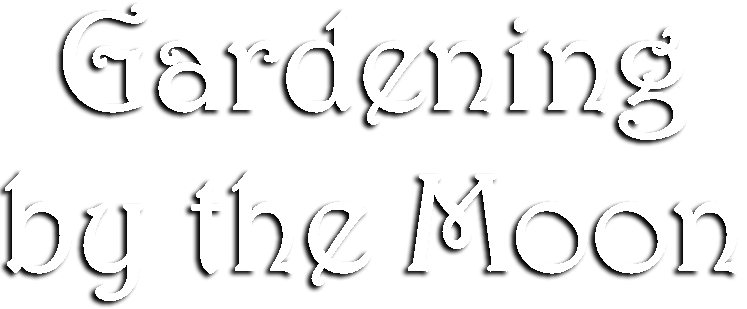Planting by the Phases of the Moon

The Wax and Wane of Moon Phase Gardening
Moon phase gardening follows the simple idea that the same gravitational cycles that control the tides move all the smaller waters of the Earth (albeit on a less visible scale). As the moon waxes, the water table rises in the earth, and in the vascular structures of plants. Seeds absorb moisture more readily and germinate more quickly. As the moon wanes, water is sent deeper into the earth and vitality returns to the roots.
The waxing moon consists of the first and second quarters, and is a good time to plant any annuals that bear above the ground, and to graft, clone, and propagate.
The waning moon (the third and fourth quarters) is the time to focus on the roots & soil. Plant root crops, biennials, and perennials; also fertilize, mulch, weed, and control pests.
Paying attention to these cycles of the earth’s breath can help bring us in touch with the life-rhythms of our ancestors—going back millennia, farmers on both sides of the Atlantic Ocean have planted, weeded, pruned, and harvested according to the rhythms of the moon.
Days of Change
Exact days of change—the days of the new, full, and half moons—are not usually recommended for active gardening. I believe this is because things are too much in flux, especially during the new and full moons, when the gravitational forces are turning.
If the earth is breathing in time with the moon’s cycles, the new and full moons are the times between inhaling and exhaling, when the breath is changing direction and seems almost to stop for the briefest moment. I like to use this time to rest, or to wander the garden without working, simply enjoying it.
Roots of Moon Gardening
My research has been mostly into Indigenous Turtle Island and European-American gardening technologies.This is not to say that lunar planting isn’t in use in other places; I have found some references to it but don’t have access to sources needed to do deeper research.
I would guess that if you go back far enough, moon phase gardening has been prevalent among most agricultural peoples around the world, but I do not have a list of sources to prove that in each location around the globe.
More information about our sources can be found on our Citations page.
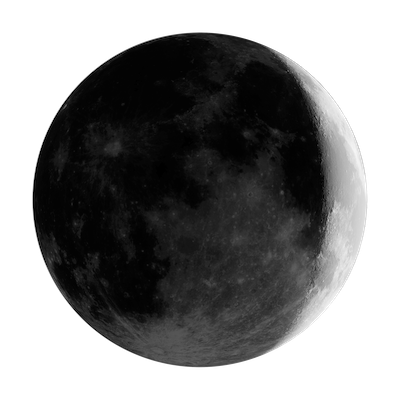
The first quarter is a terrific time to plant any annuals that bear above the ground, particularly plants that make seed outside their fruit (or edible portions). These include leafy greens and grains, which have external seeds, as well as most flowers. Watery cucumbers have internal seeds but do well when planted in the first quarter. It is also a good time to take cuttings and clone, graft trees, mow to increase growth, or harvest aromatic herbs for drying.
The second quarter is the best time to plant any crops which produce seed inside their fruit (tomatoes, pumpkins, etc.), as well as grains and vines. These plants sprout and grow best closer to the full moon, when the moon grows fat and round like a ripe melon. At the same time, new seedlings planted in the first quarter grow quickly under the waxing gibbous moon, as they receive many more hours of light each day. (Moonlight, after all, is just reflected sunlight.) As with the first quarter, clone, graft, and mow. In spring and fall, harvest roots for medicine.
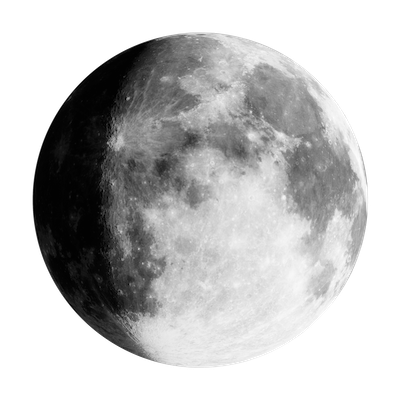

Though not often recommended for planting, the long, bright nights of the full moon are a good time to dig roots like sunchokes or potatoes for seed.
The third quarter, when the moon’s energy (and the water!) is just below the surface of the soil, is the ideal time to plant root vegetables, perennials, biennials, bulbs, or anything you plan to winter over and harvest in spring. Being a time of strong root growth, it is also a great time to transplant those seedlings you have sprouting and to plant bareroot trees and shrubs. Harvest for long-term storage or seedsaving.
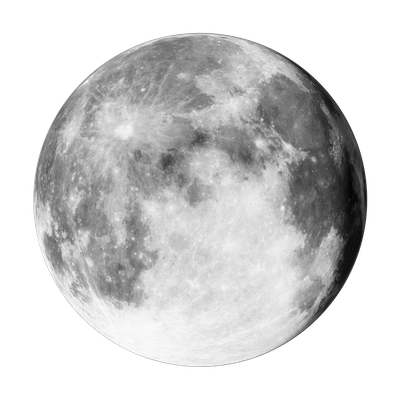
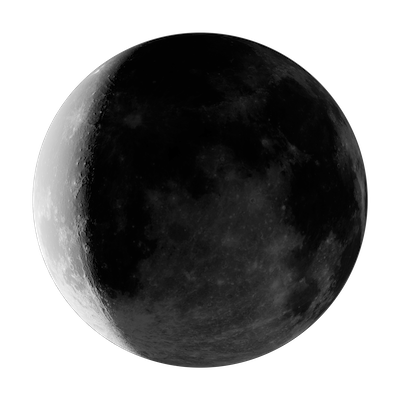
The fourth quarter, with the moon nearly dark in the sky and the water deep in the earth, is a time of rest and rejuvenation—I do my fertilizing, mulching, and deep watering in this quarter, and I try to make sure the gardener gets some rest too! Weeding and pest control are at their most effective in this quarter, and it’s the best time to set fence posts or cut wood. Harvest, especially for storage.
If you’d like to learn more about moon phase gardening, you may enjoy reading:
article © 2023 Wolf Hill Press

